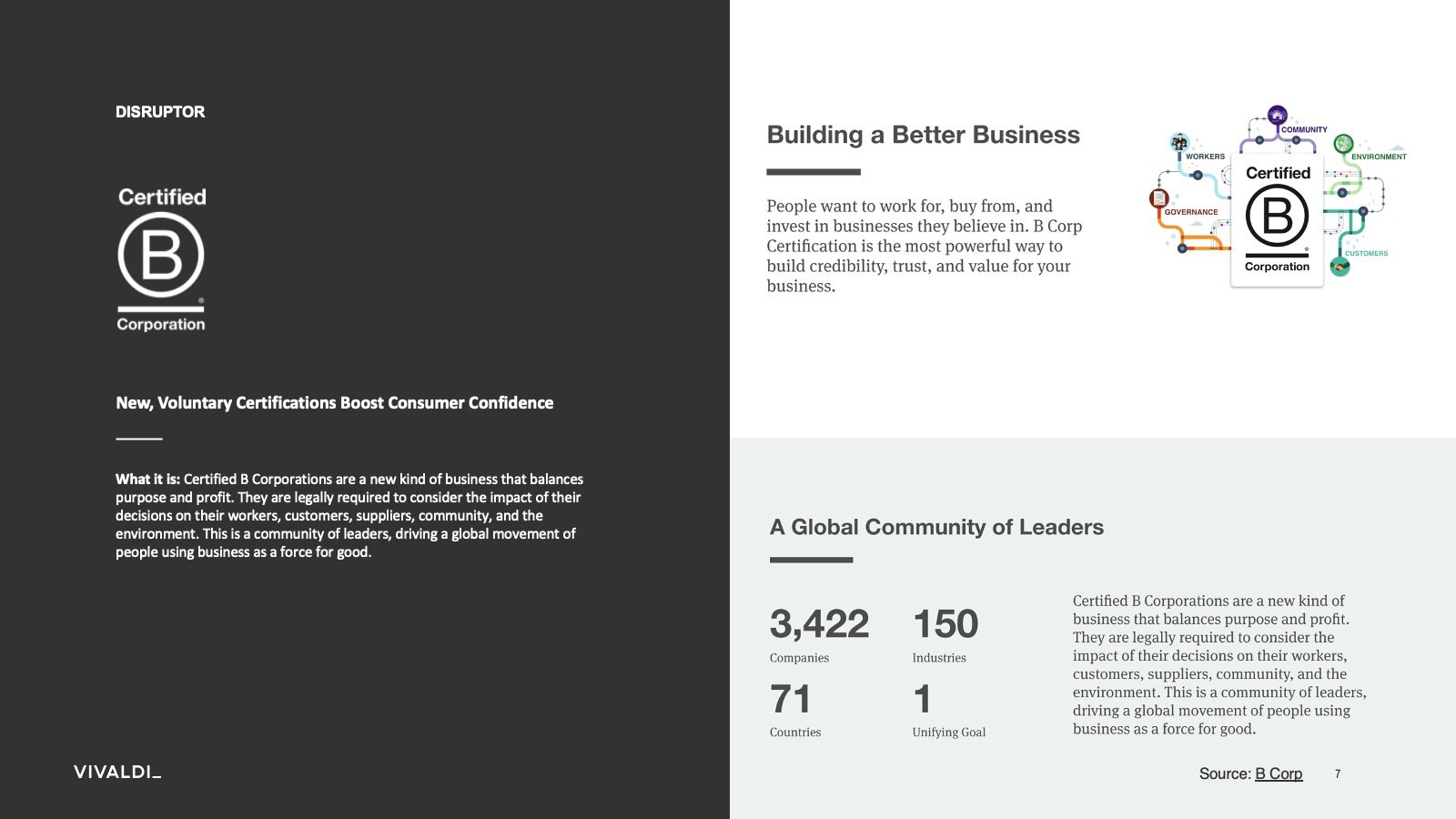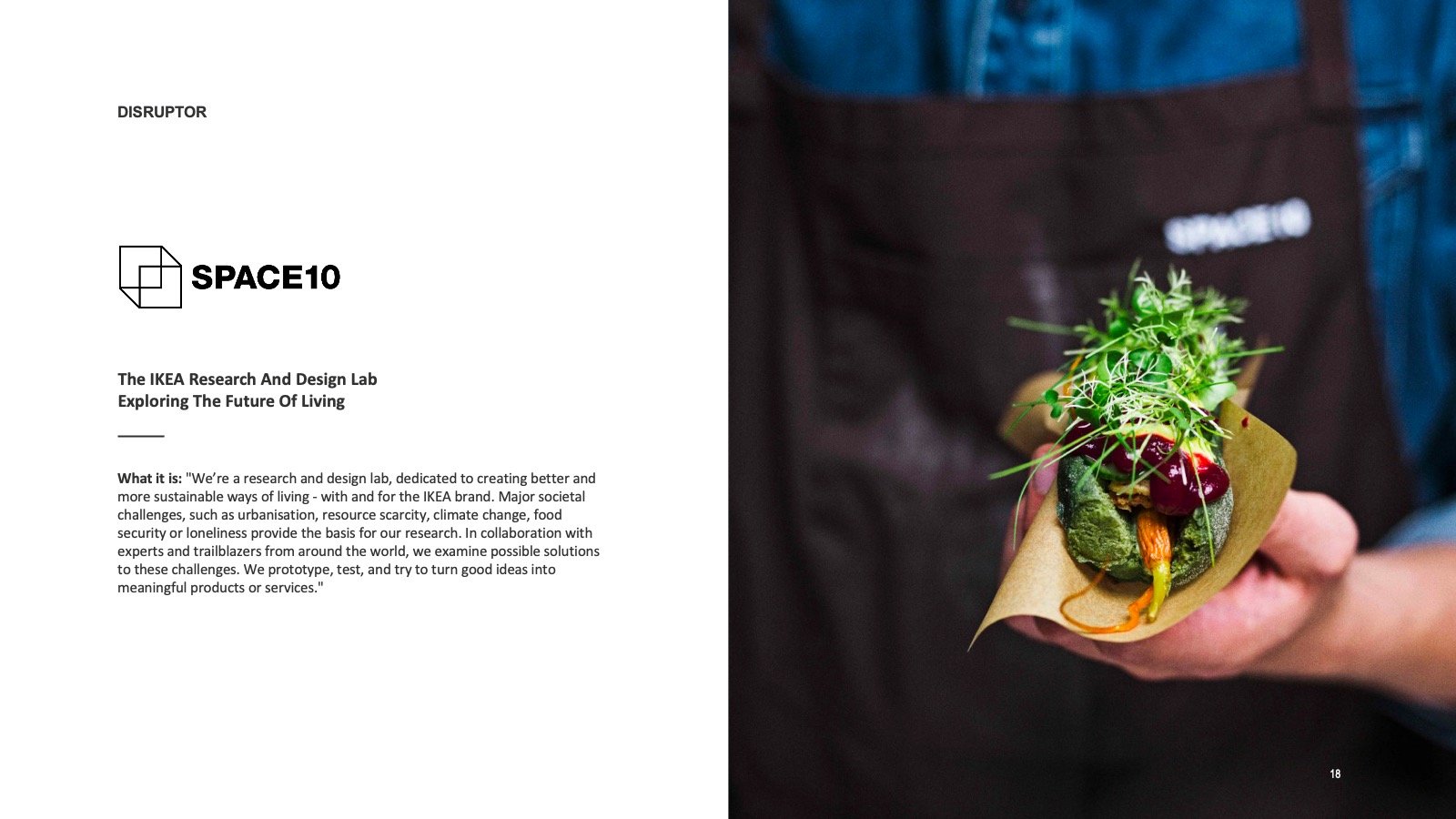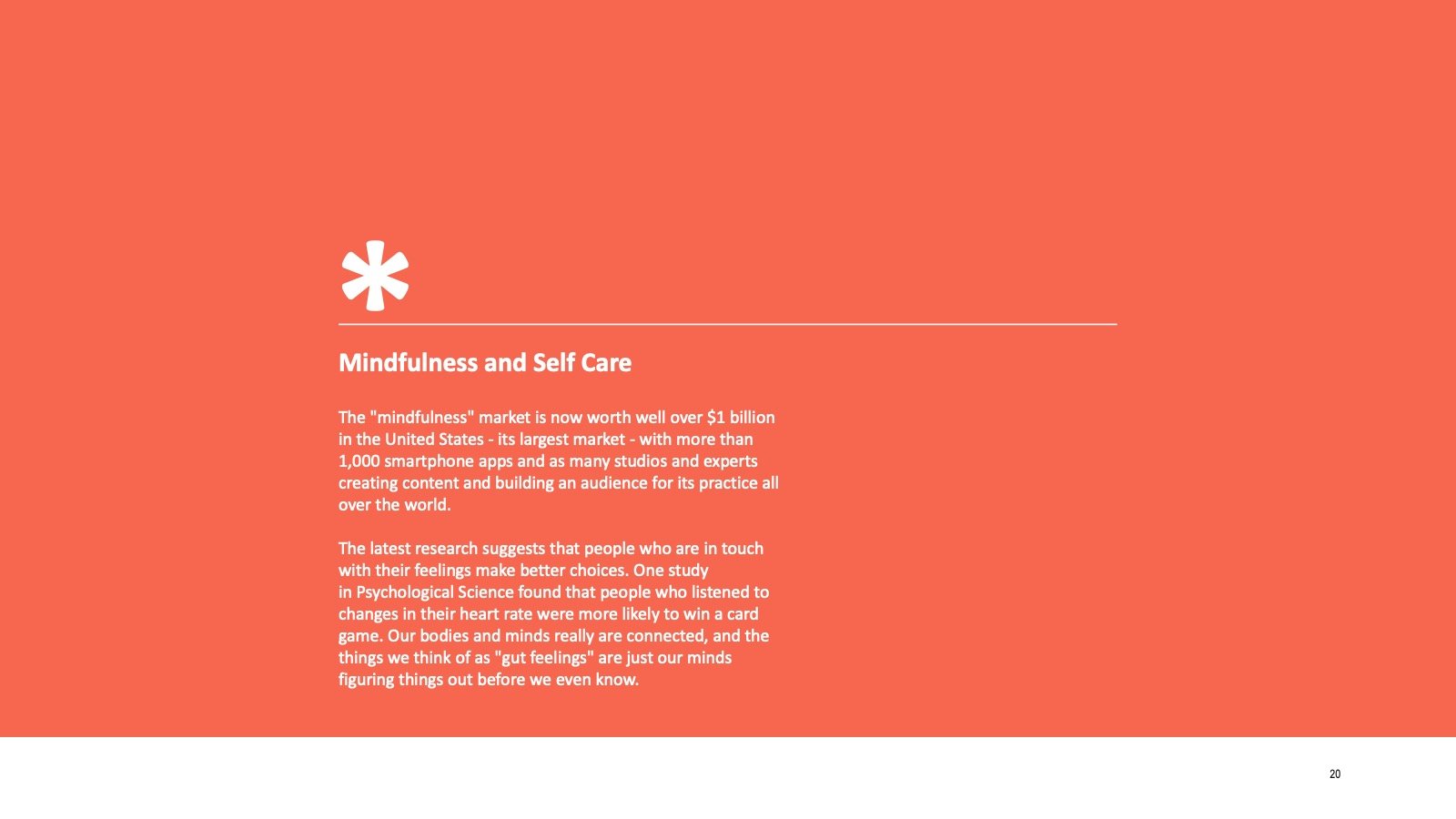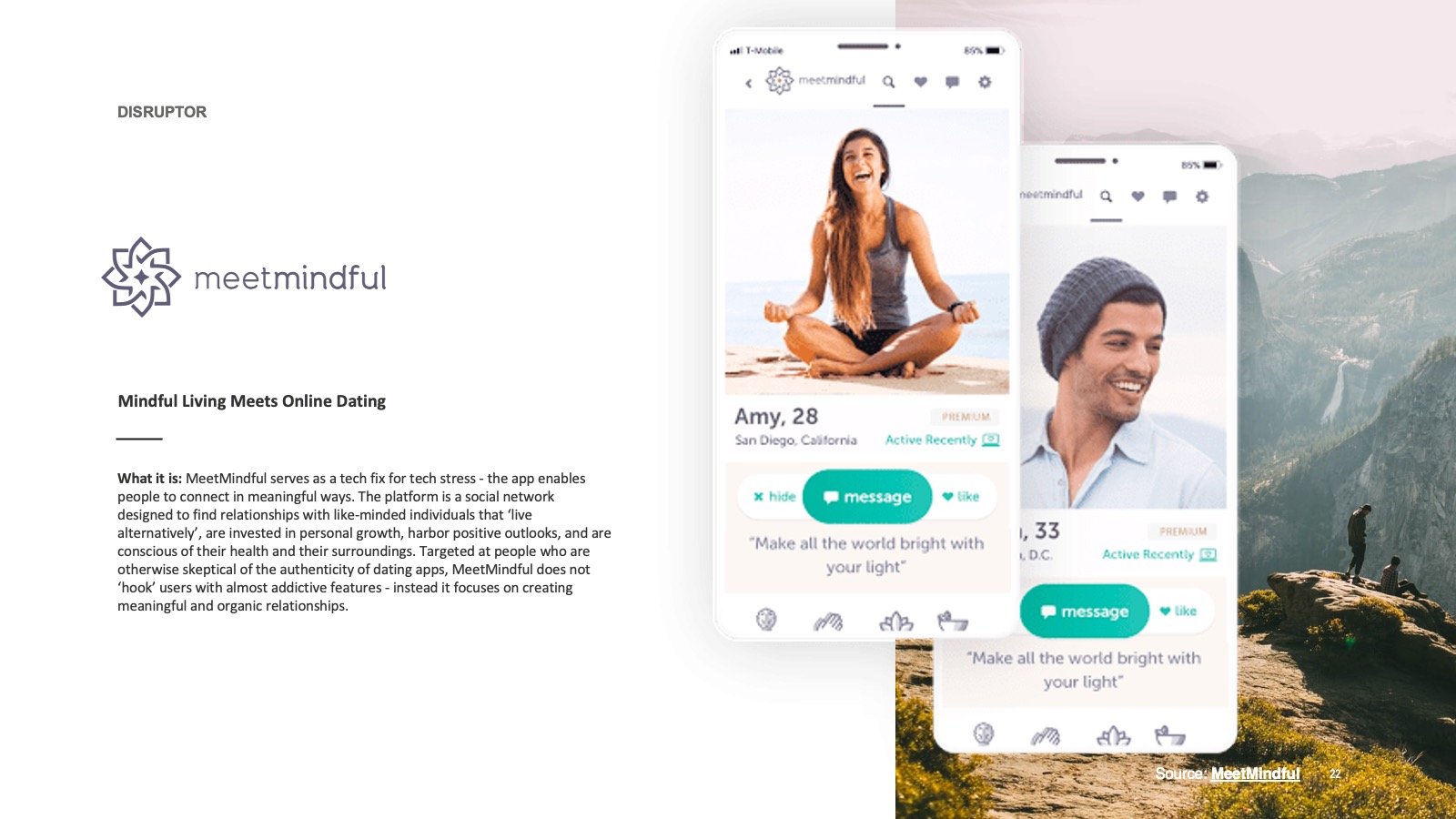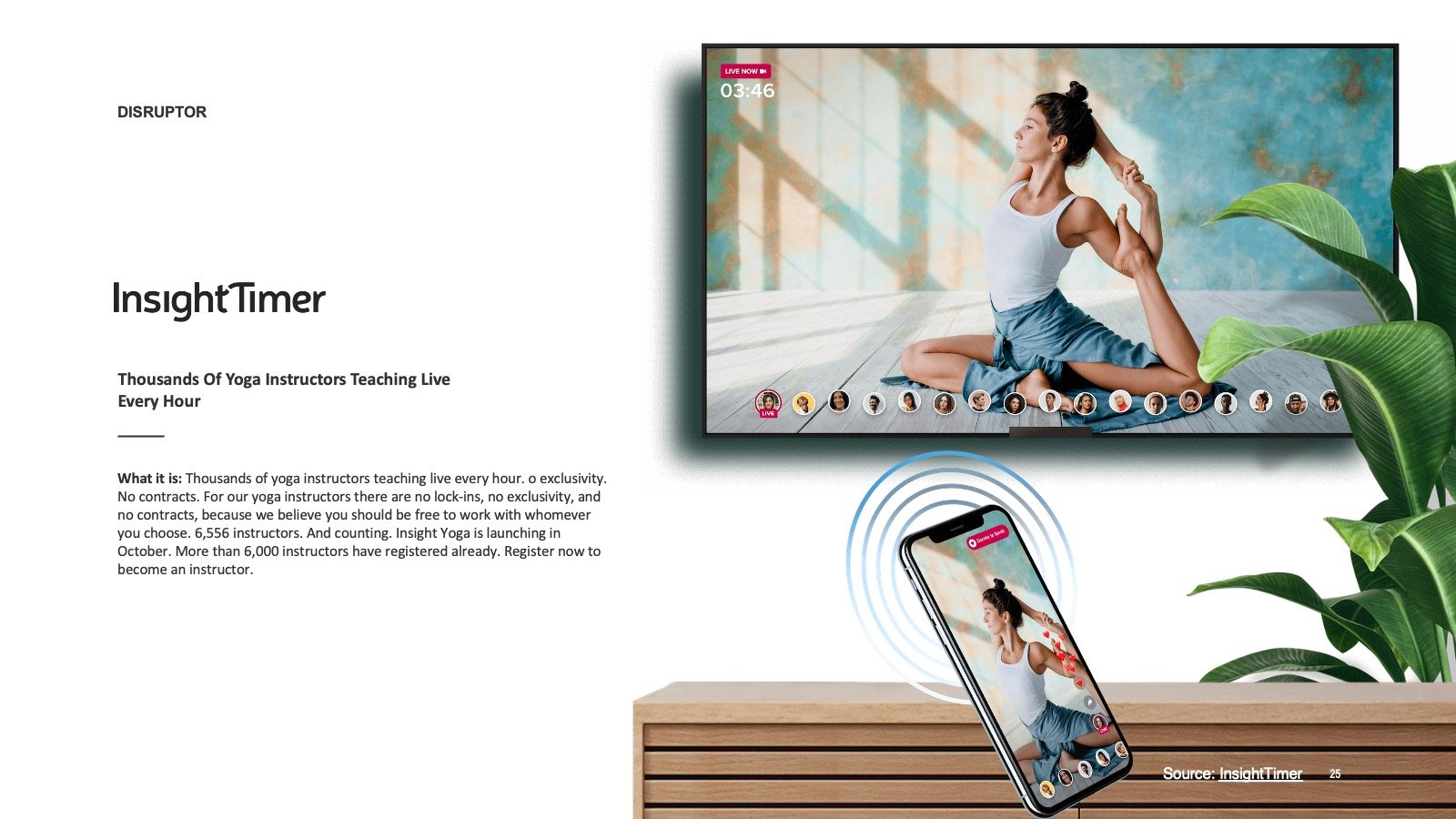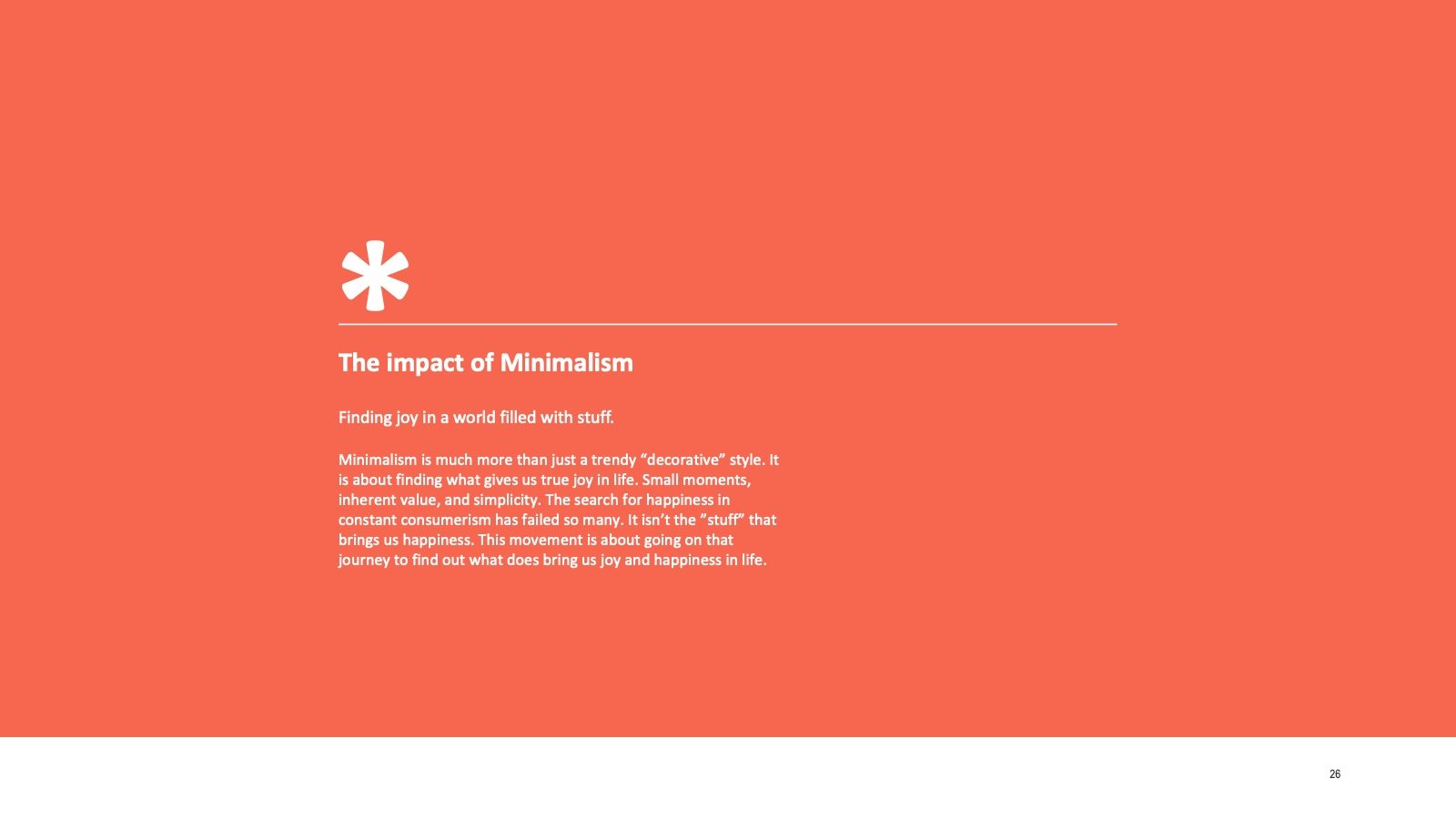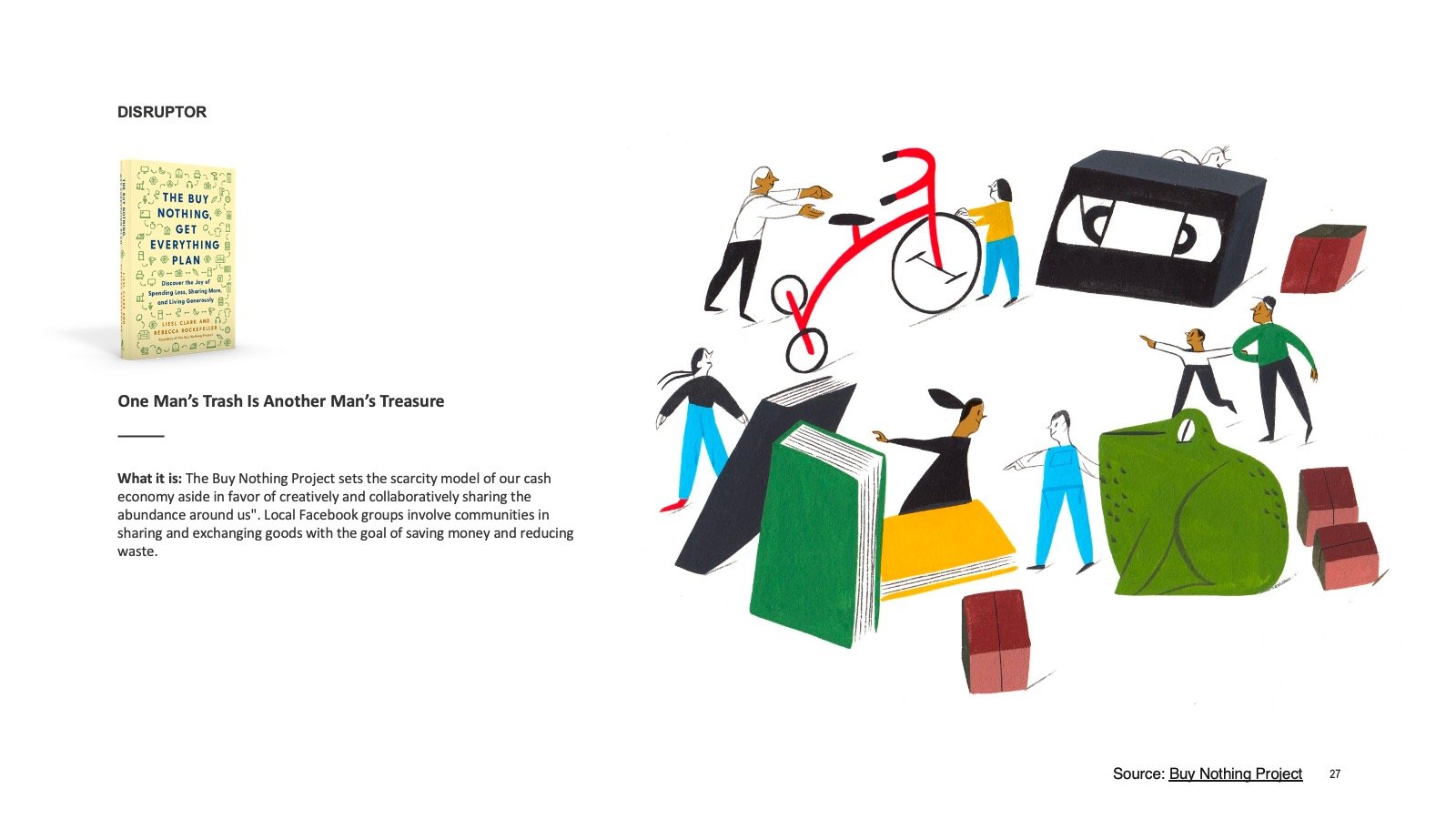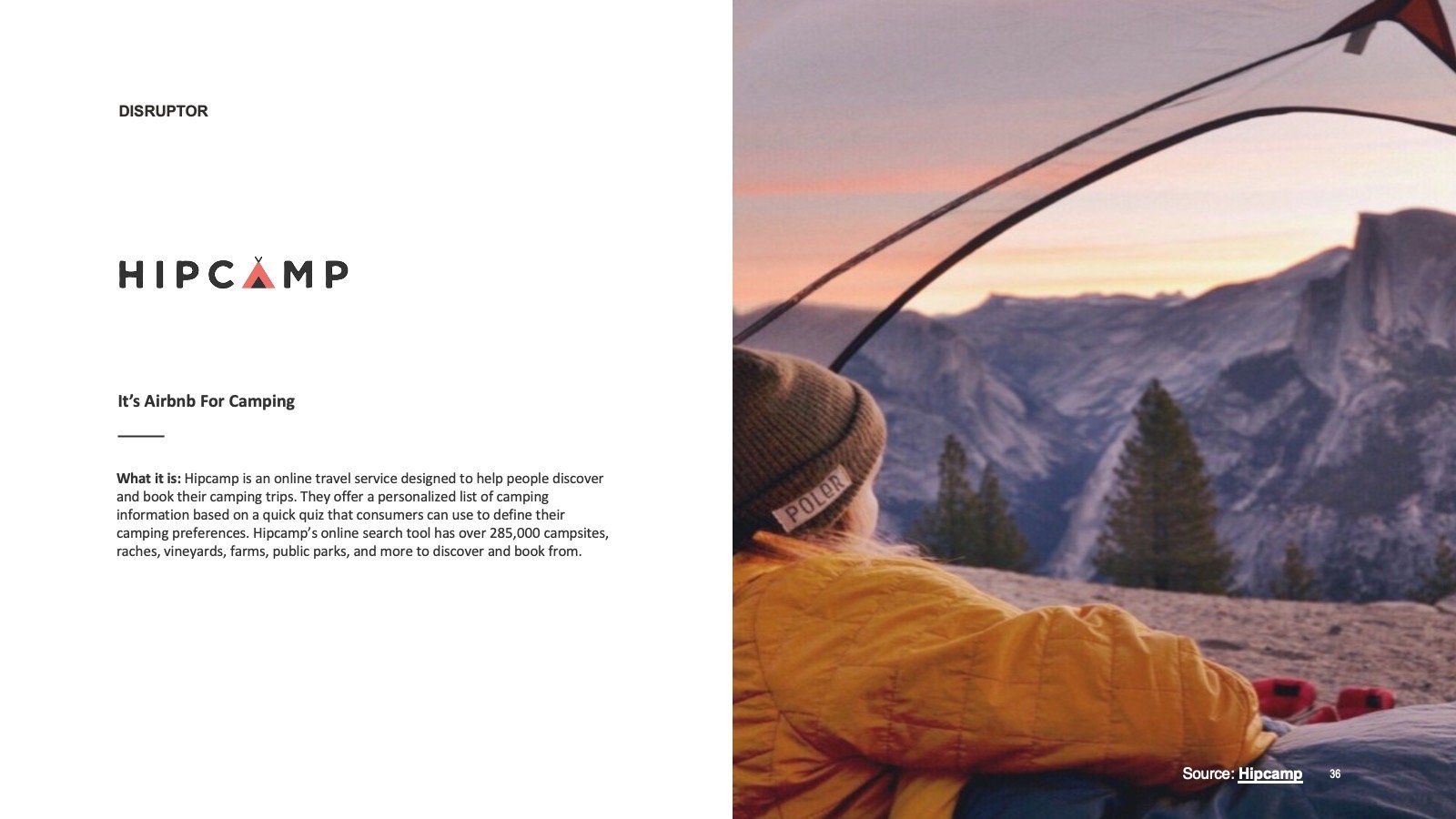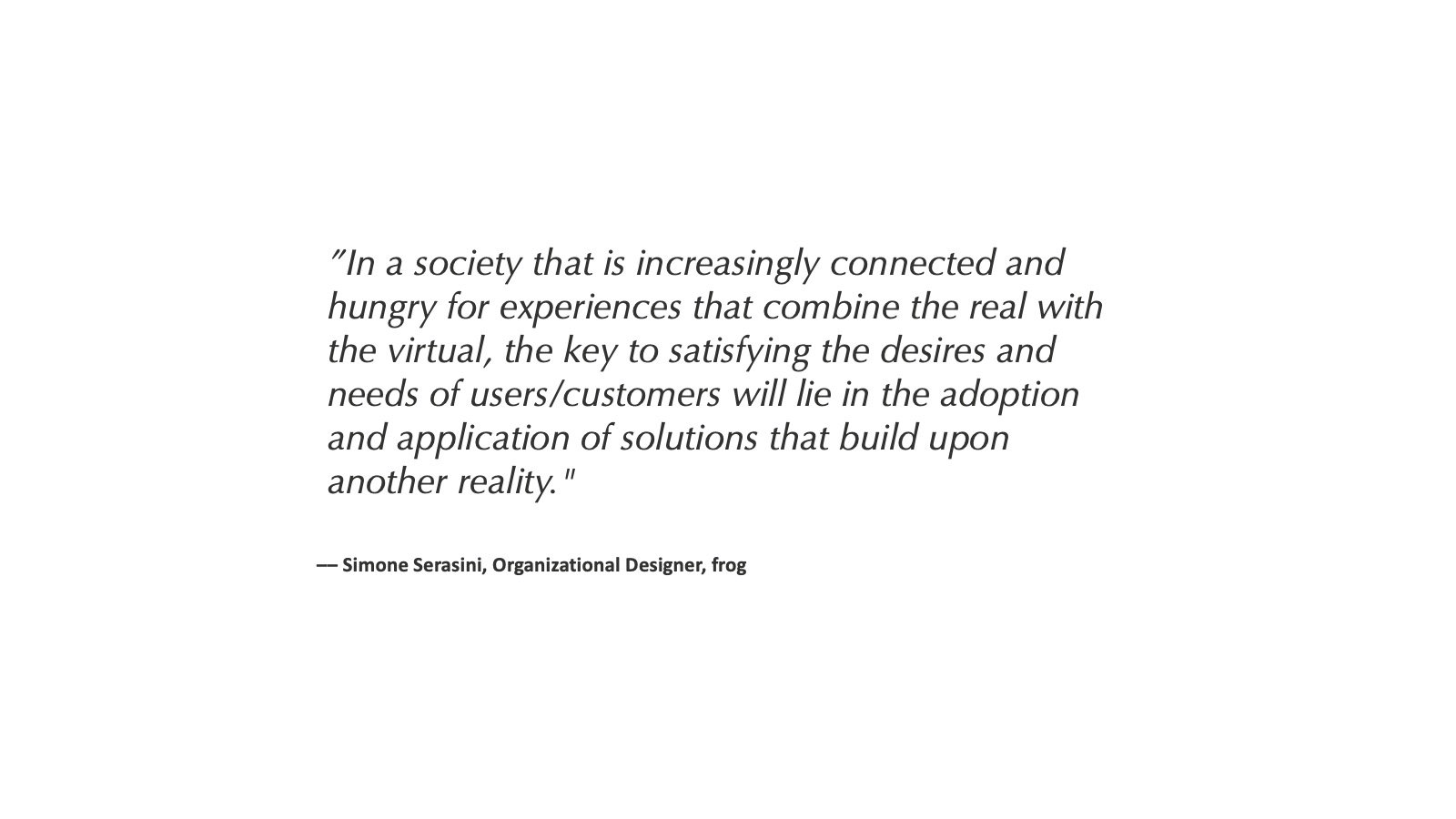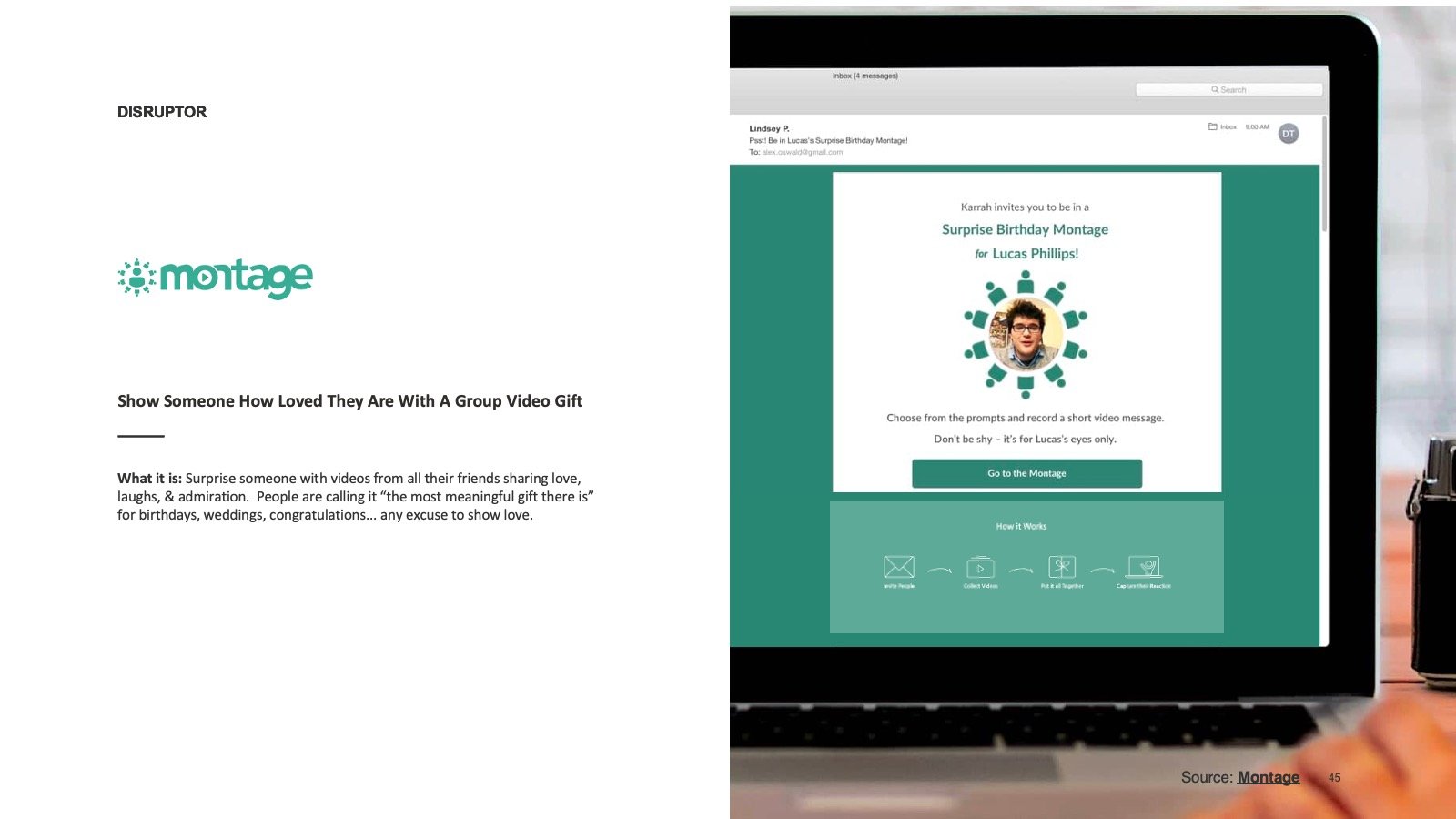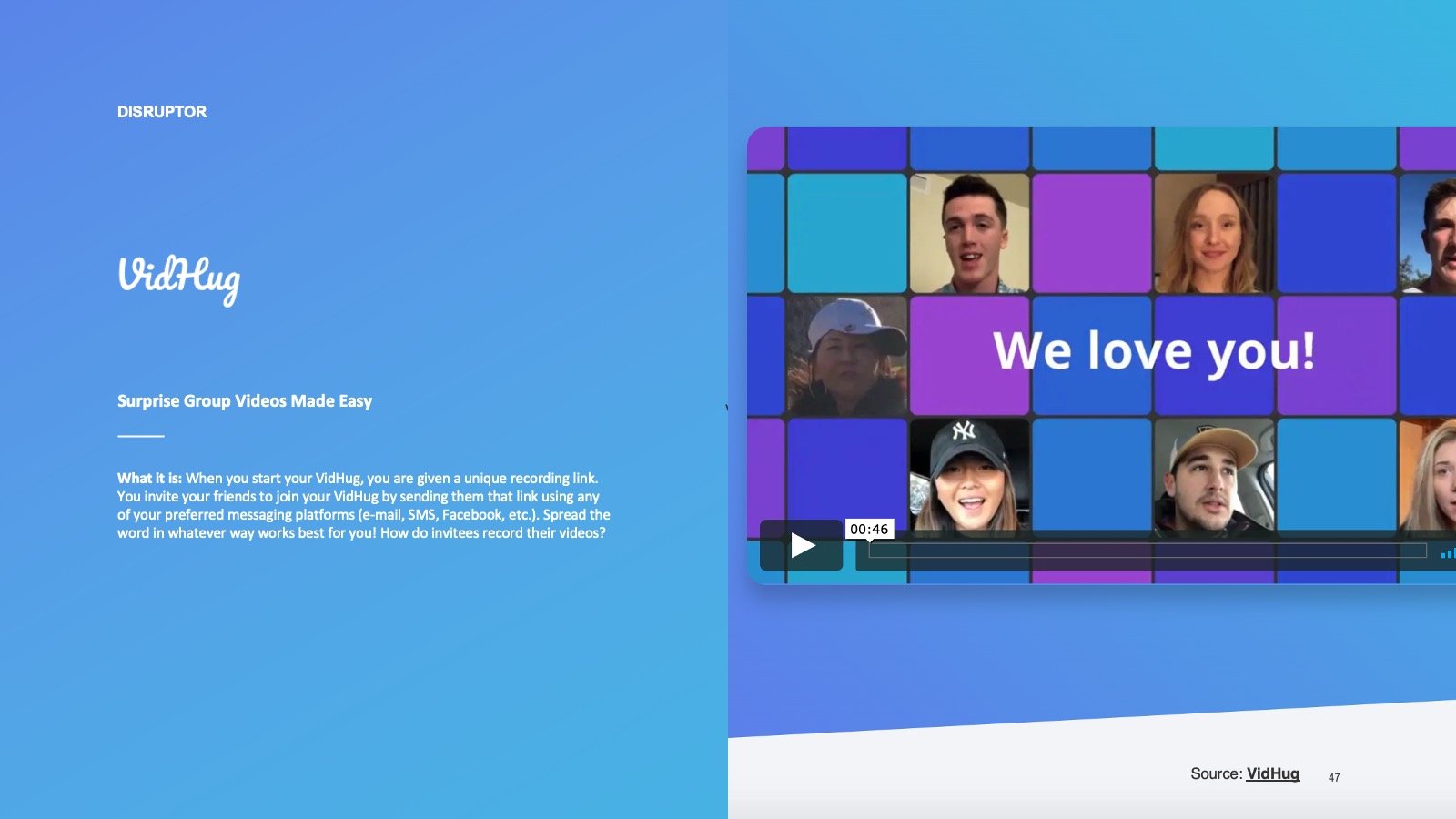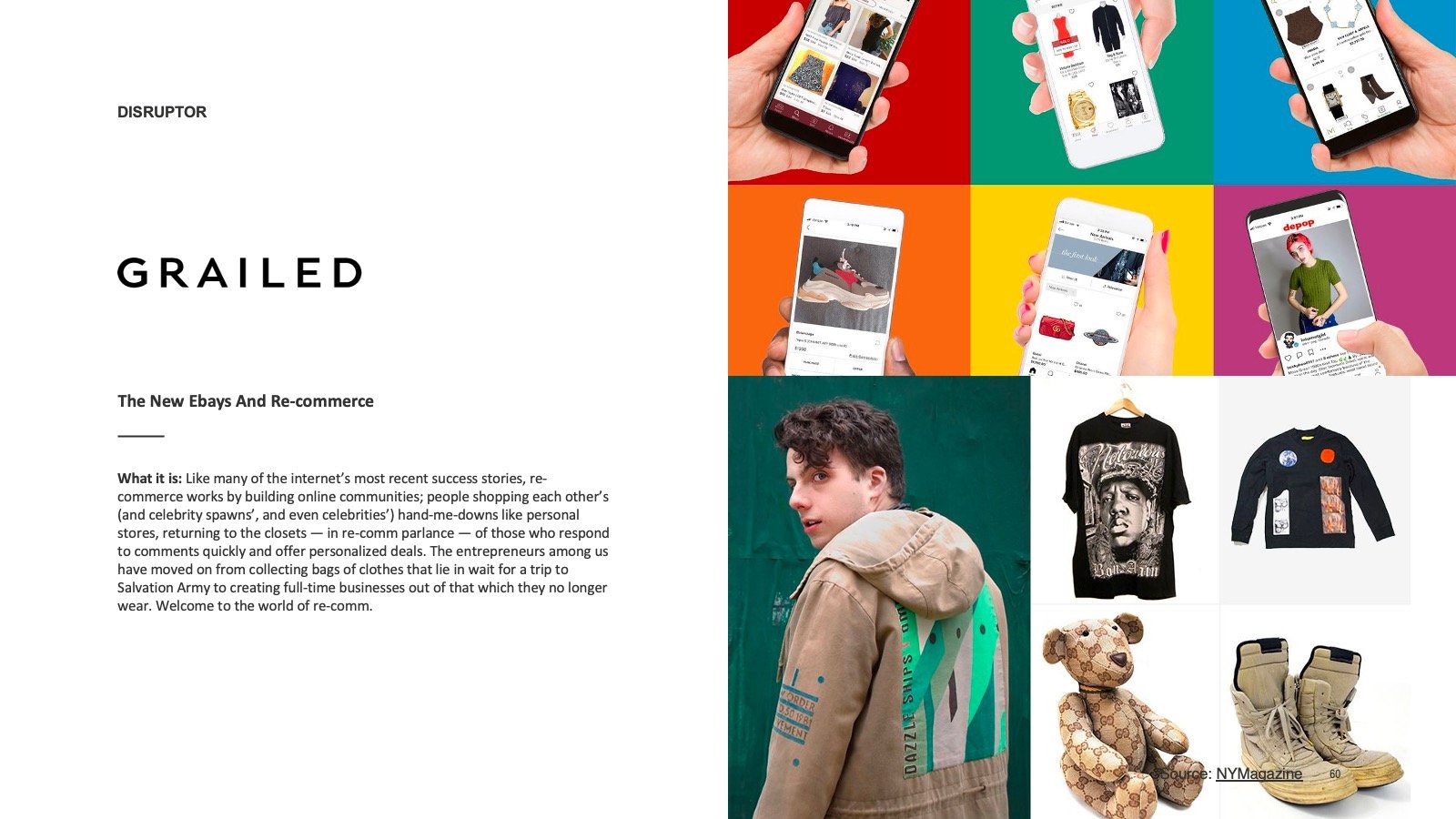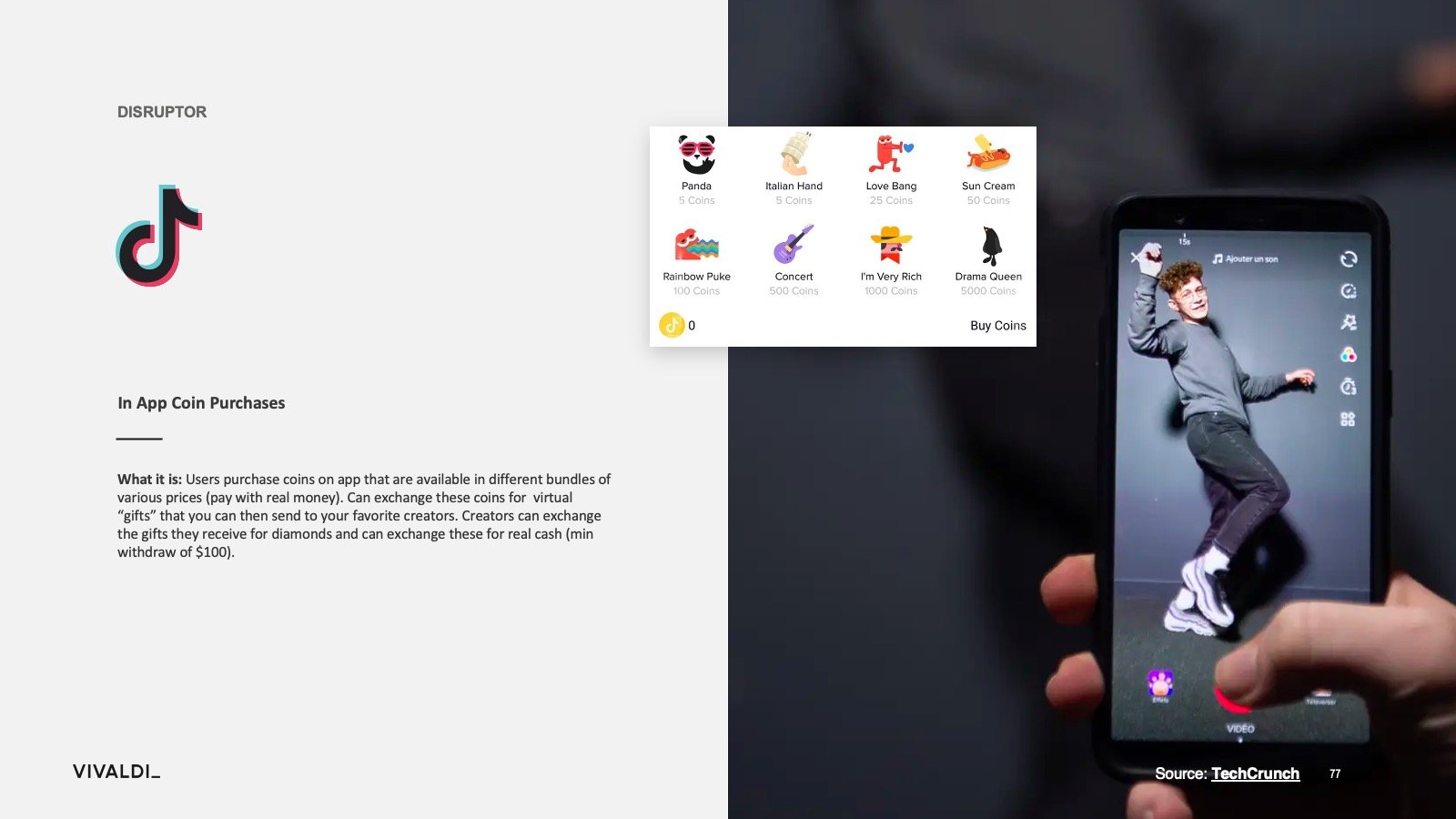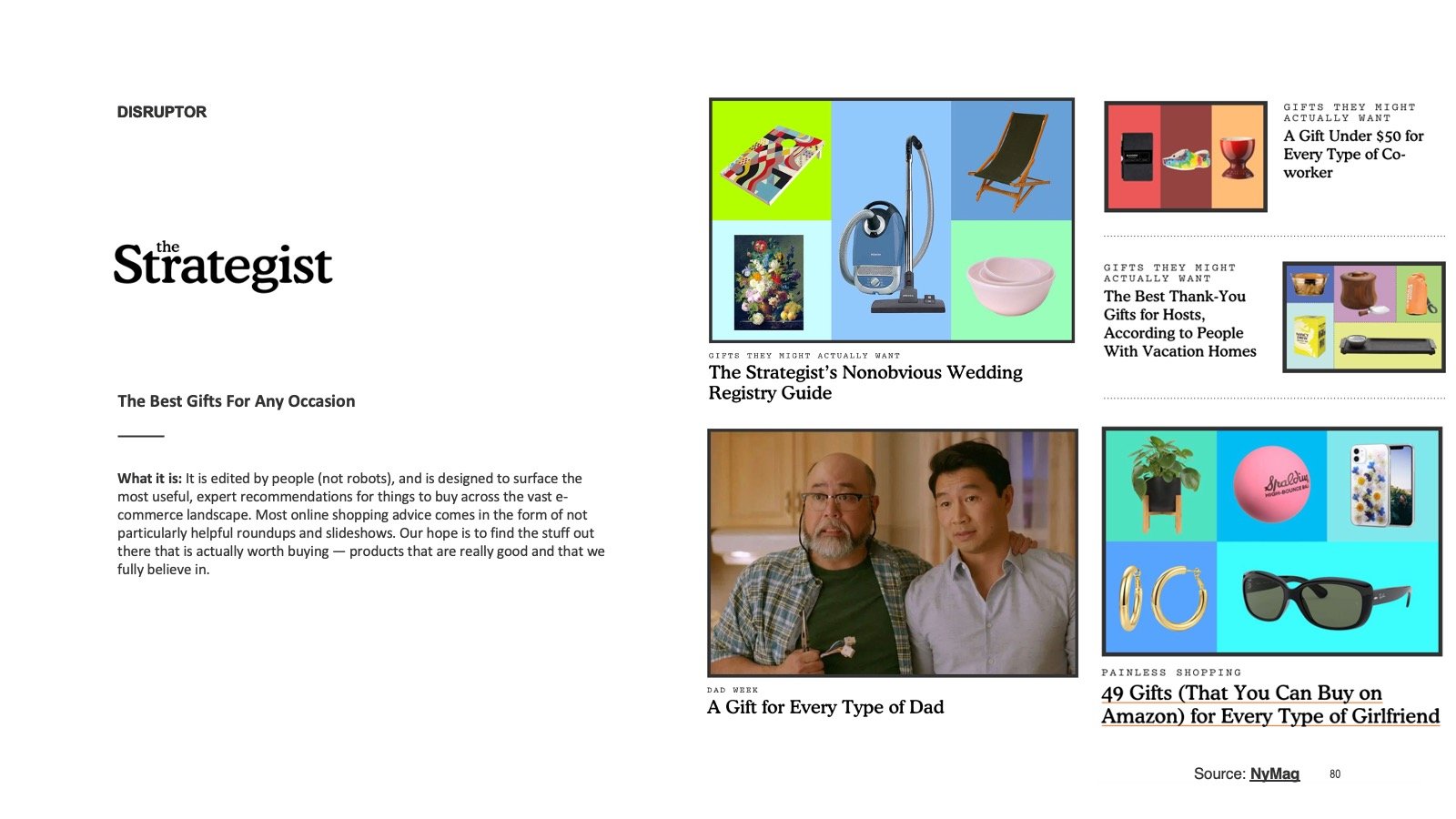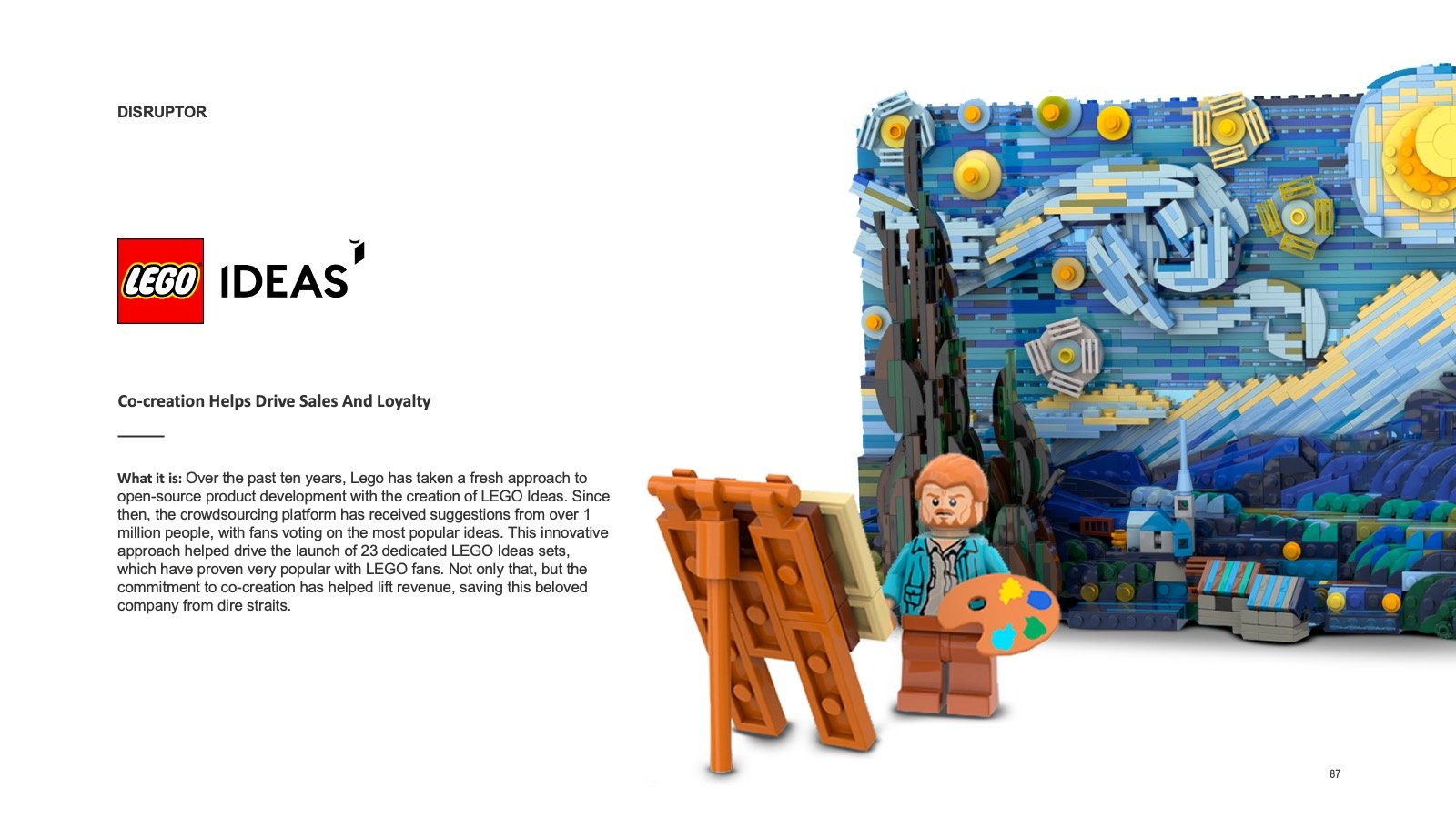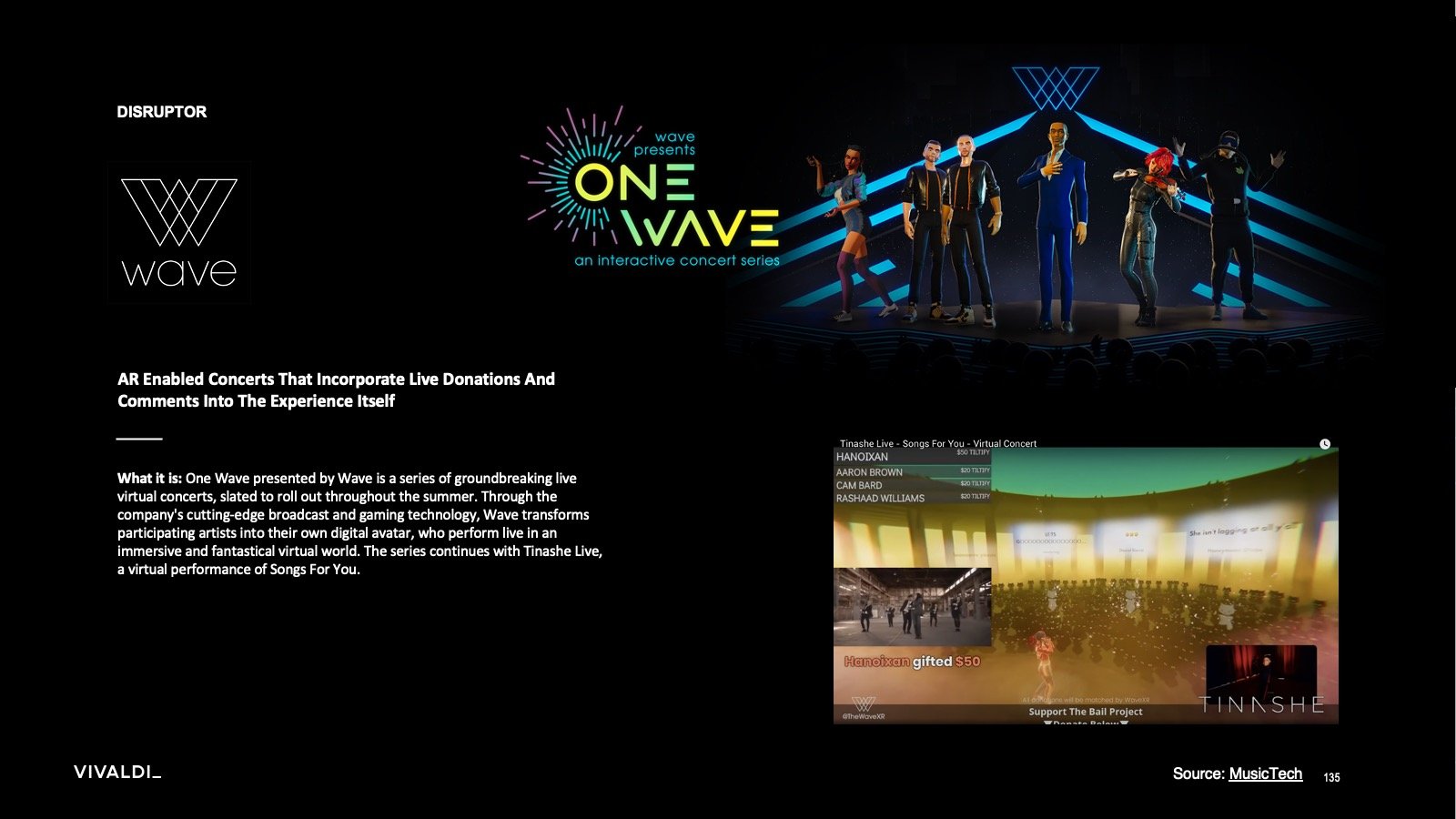Tegu is a sustainable toy company that gained global recognition in 2009 for its innovative take on traditional wooden building blocks. Their unique selling point is the patent-pending blocks that feature magnets inside sustainably harvested wood. These magnets allow for gravity-defying construction with no visible points of connectivity, providing a multi-dimensional building experience for children and enthusiasts.
Tegu Live's Block Genius launched just before the holiday season. This initiative was a game-changer, as it enabled real-time responses to customer queries and provided an interactive Tegu block play experience, making traditional instruction manuals obsolete.
One of the initiatives that helped launch their new line of colored blocks, was the Block Genius. A playful way to showcase the blocks' capabilities and engage with the audience in a new and exciting manner at the time. The Block Genius was actually consisted of a team of people in the back end. One at the front of the camera, wearing a white coat with the Tegu logo embroidered on the chest. His hands would tinker with the blocks to create different builds ranging from baboons to seasonal and playful items, like the princess' engagement ring. These requests were received through the Block Genius' Twitter account.
Celebrities and influencers were challenged to request intricate builds, and a team behind the scenes helped design these structures. The entire process was captured via livestream, with no sound other than the satisfying clicks as the blocks magnetically connected.
Our efforts successfully adapted Tegu to the changing retail landscape, offering a more diversified shopping experience. By integrating e-commerce, real-time customer interaction, and innovative marketing strategies, we played a key role in Tegu's growth and continued success. Importantly, this multi-faceted strategy also upheld Tegu's commitment to sustainability and social responsibility, including support for local communities and environmental initiatives in Honduras.



























